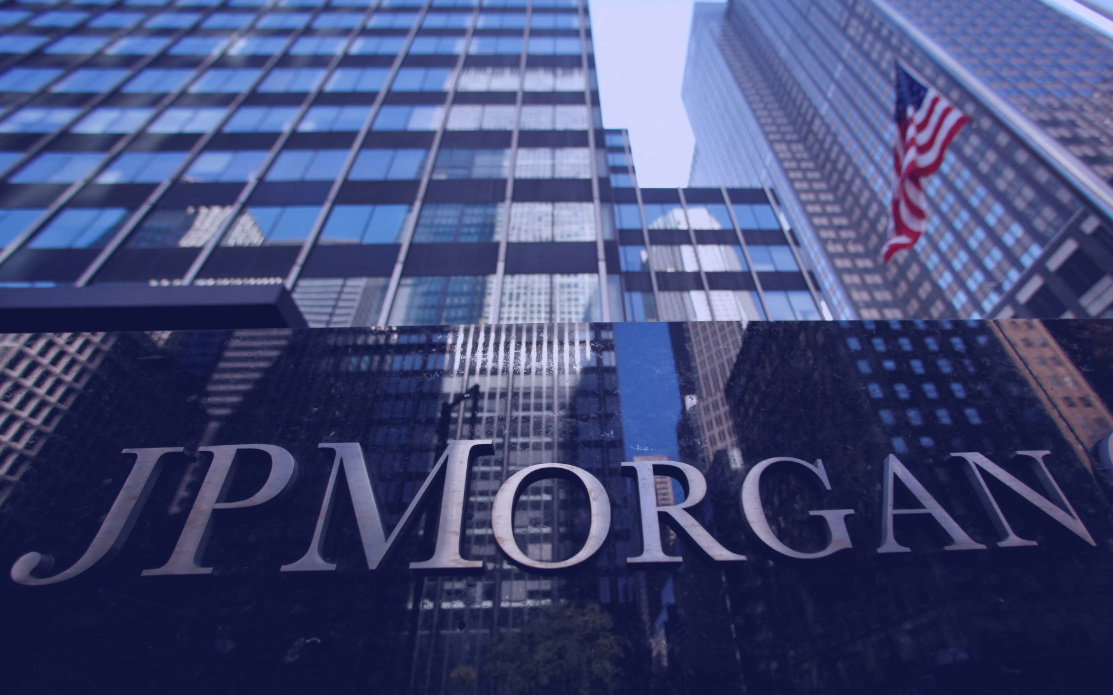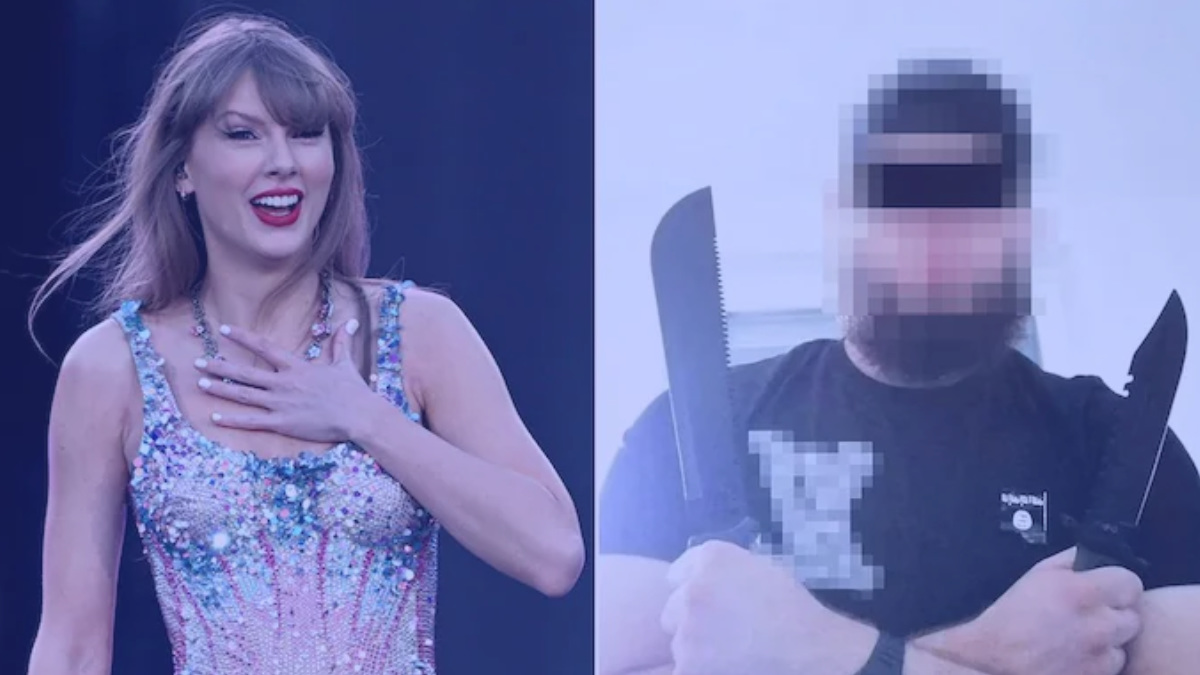JPMorgan’s London Whale Scandal
A Case Study in Unchecked Trader Behavior and Social Media Screening



Background
JPMorgan Chase’s Chief Investment Office (CIO) was designed to hedge against risks and invest excess deposits conservatively. Over time, however, it drifted into speculative proprietary trading. Bruno Iksil, a trader based in London, became infamous for taking enormous positions in credit derivatives, earning the nickname “London Whale.” These unchecked trades led to a massive financial loss for the bank and a reputational crisis.
Key Events
Early Red Flags and Risk Mismanagement
By early 2012, Iksil’s trading book had breached JPMorgan’s risk limits multiple times, yet the bank failed to enforce corrective measures. A flawed risk model downplayed the exposure, creating a false sense of security. Meanwhile, hedge funds began betting against Iksil’s trades, sensing the imbalance.
April 2012: Public Scrutiny and CEO Dismissal of Concerns
By April, Bloomberg had exposed the issue, revealing that one JPMorgan trader was dominating the derivatives market. Despite mounting internal concerns, CEO Jamie Dimon dismissed the issue as a “tempest in a teapot.” This misjudgment proved costly as losses spiraled.
May 2012: Losses Exceed $6 Billion
On May 10, JPMorgan disclosed $2 billion in trading losses, which later ballooned to $6.2 billion. The debacle triggered regulatory investigations, internal resignations, and financial penalties. JPMorgan ultimately paid $920 million in fines and faced lasting reputational damage.
Social Media Red Flags
One often overlooked aspect of modern risk management is how an employee’s online behavior and reputation can signal potential problems. In the case of Bruno Iksil and the London Whale trades, there were clues in the public domain that, if monitored, might have raised alarms about the CIO’s risk culture. For instance, the very fact that Iksil had garnered lurid nicknames among market participants – “London Whale,” “Voldemort,” and even “Caveman” – suggests that his aggressive trading style was no secret (Turn Out JP Morgan's Notorious London Whale Trader Has ANOTHER Nickname - Business Insider) (Bruno Iksil: Voldemort - Business Insider). According to the Wall Street Journal, fellow traders dubbed Iksil “Caveman” months before the losses became public, because his bets were viewed as “overly aggressive but [they] often led to huge profits” (Turn Out JP Morgan's Notorious London Whale Trader Has ANOTHER Nickname - Business Insider). Such a moniker implies a bold, risk-embracing personality. Had JPMorgan’s management been actively tracking how their traders were discussed in industry circles and on social media, these descriptors could have been early red flags of a risk-prone culture.
While Bruno Iksil himself maintained a low public profile (he was not known for tweeting or blogging about his trades), the digital footprint of the scandal was evident in forums, news sites, and social networks used by finance professionals. The nickname “London Whale” first spread on Bloomberg’s news wires and was widely commented on in financial blogs (Bruno Iksil: Voldemort - Business Insider). It indicated that a single trader wielded outsized influence – something that should be anathema in a hedging unit. The appearance of a JPMorgan trader in such online chatter could have prompted management to dig deeper much earlier.
Beyond Iksil, we can consider analogous cases that underscore the value of social media screening. In the 2011 UBS rogue trading incident, trader Kweku Adoboli posted a cryptic Facebook status – “Need a miracle” – as his unauthorized positions spiraled out of control (2011 UBS rogue trader scandal - Wikipedia). No one at UBS noticed this plea on social media at the time, but in hindsight it was a glaring warning sign of distress. Similarly, if any of the London CIO traders had voiced frustrations or bravado online (for example, bragging in a LinkedIn or forum post about “swinging big in the markets”), those might have been telltale signs of the “cowboy” trading mentality that led to the Whale losses. Even without direct posts from Iksil, public information was available: the Creditflux article in 2011, the Bloomberg report in early 2012, and traders on Twitter or finance blogs speculating about the identity of the Whale. Proactive monitoring of such adverse media could have alerted JPMorgan’s risk managers to the extent of Iksil’s positions and reputation well before the losses ballooned.
In short, the London Whale episode suggests that banks should not ignore the online personas and reputations of their employees. Unchecked trader behavior often leaves traces – if not through the trader’s own posts, then via the reactions of peers and the market. A robust social media screening program might have prompted tougher questions about why one JPMorgan employee was being discussed like a high-rolling gambler long before internal losses hit billions.
Financial and Legal Fallout
- $6.2 billion in losses and $40+ billion in market value wiped out.
- Regulatory fines of $920 million across multiple agencies.
- Management shake-ups, including CIO head Ina Drew’s resignation and Jamie Dimon’s pay cut.
Reputational Damage
- JPMorgan, once seen as a risk-management leader, became an example of oversight failure.
- Strengthened the case for financial regulations like the Volcker Rule, restricting proprietary trading.
In the age of digital transparency, banks must embrace due diligence with the rigor of a hawk. Neglecting social media scrutiny is not merely an oversight; it's a brand's silent invitation to reputational ruin.
Best Practices for Social Media Screening
In the wake of incidents like the London Whale, companies across the financial sector (and beyond) have recognized the value of social media screening as part of their hiring and risk management practices. The goal is to prevent “risky” individuals from entering (or remaining in) the organization by identifying problematic behavior patterns visible online. Here are some best practices and examples of how firms implement social media screening today:
- Integrate Social Media Checks into Hiring: Many organizations now routinely examine a candidate’s publicly available Facebook, Twitter (X), Instagram, LinkedIn, and other profiles before making a hiring decision. According to a 2018 CareerBuilder survey, 70% of employers screen candidates’ social media profiles, and more than half have decided not to hire someone due to red flags found online (The Impact of Social Media Background Checks on Your Career). In the finance industry, where trust and prudence are paramount, banks and investment firms are increasingly using this tactic to filter out candidates who display signs of excessive risk-taking, unprofessional behavior, or ethical concerns on social platforms. For example, a major bank might flag a candidate who brags online about “hustling the market” or shows a gambling habit as a hobby, seeing it as a potential risk indicator.
- Use Professional Screening Services: Given the legal and privacy complexities, many companies employ specialized third-party services to conduct social media background checks in a compliant manner (What role does social media play in background checking finance candidates?). These services use algorithms and trained reviewers to scan for keywords and content associated with misconduct – things like prejudice and disparaging remarks, illicit drug use, violent or reckless behavior, or extreme opinions – and generate reports for HR. By doing so, firms ensure they don’t inadvertently overlook a public red flag. Financial institutions have been early adopters of such services, aiming to protect their reputation and comply with regulations. In fact, industry experts note that online content and behavior can be a strong indicator of a person’s likelihood to engage in misconduct at work, which is exactly why banks see value in these screenings.
- Ongoing Monitoring of Employees in High-Risk Roles: Beyond pre-hire checks, some organizations are instituting continuous social media monitoring for employees in sensitive positions (traders, fund managers, etc.). This doesn’t mean invading privacy or checking private accounts – rather, it involves keeping an eye on public postings or affiliations that might signal trouble. For instance, if a trader at a firm suddenly starts posting hyperbolic comments about huge bets or complaining about ignoring risk rules, the firm’s compliance team would want to know. Post-hire monitoring can also catch issues like employees leaking confidential info online or engaging in behavior that violates company codes. Banks under stringent regulatory oversight have begun exploring these tools as part of a broader “employee conduct risk” management. In practice, this means firms are not just checking boxes at hiring, but actively watching for early warning signs in real time.
- Clear Policies and Employee Awareness: A best practice for any company using social media screening is to have a clear policy and to communicate it. Employees and applicants should know that their public online actions can be considered in employment decisions. This transparency acts as its own deterrent: people tend to be more cautious online if they know their employer is paying attention. Many firms now include social media guidelines in their codes of conduct, and some require employees to disclose any outside online personas that could pose a conflict. By setting expectations up front, companies foster a culture where professional behavior online is an extension of workplace behavior.
- Case Studies of Successful Implementation: Numerous organizations have credited social media screening with helping avoid bad hires or incidents. For example, a large tech company reportedly rescinded a job offer after discovering the candidate had a history of harassing comments on a forum – a risk to workplace culture. In finance, firms have quietly removed employees who were found to be leaking client information on social networks or boasting about circumventing compliance rules. While specific names are often kept confidential, the financial industry’s adoption of social media background checks is well-documented. A Harvard Business Review article noted that a majority of companies believe social media checks are a necessary tool to vet a candidate’s character and fitness (The Impact of Social Media Background Checks on Your Career). Companies like American Express, Citigroup, and Goldman Sachs are known to evaluate the reputational risk of hires, which includes reviewing anything publicly available about the person (news, blogs, social media). This is increasingly seen as part of being a “responsible employer” – just as one would verify education and conduct criminal background checks, checking someone’s online persona is now regarded as due diligence.
In conclusion, social media screening has become an important best practice to complement traditional risk management and HR protocols. Especially in high-stakes industries like finance, where a single rogue actor can cause massive damage, these screenings provide an additional layer of insight. By catching red flags – whether it’s a tendency toward extreme risk, evidence of dishonesty, or poor judgment – before an individual is in a position of responsibility, companies can potentially prevent scandals like the London Whale. As JPMorgan’s case illustrates, the cost of unchecked behavior is enormous, so any tool that helps check behavior before the fact is invaluable. Implementing thoughtful social media screening, in a legal and ethical manner, is now considered a necessity in prudent risk management for leading organizations.


